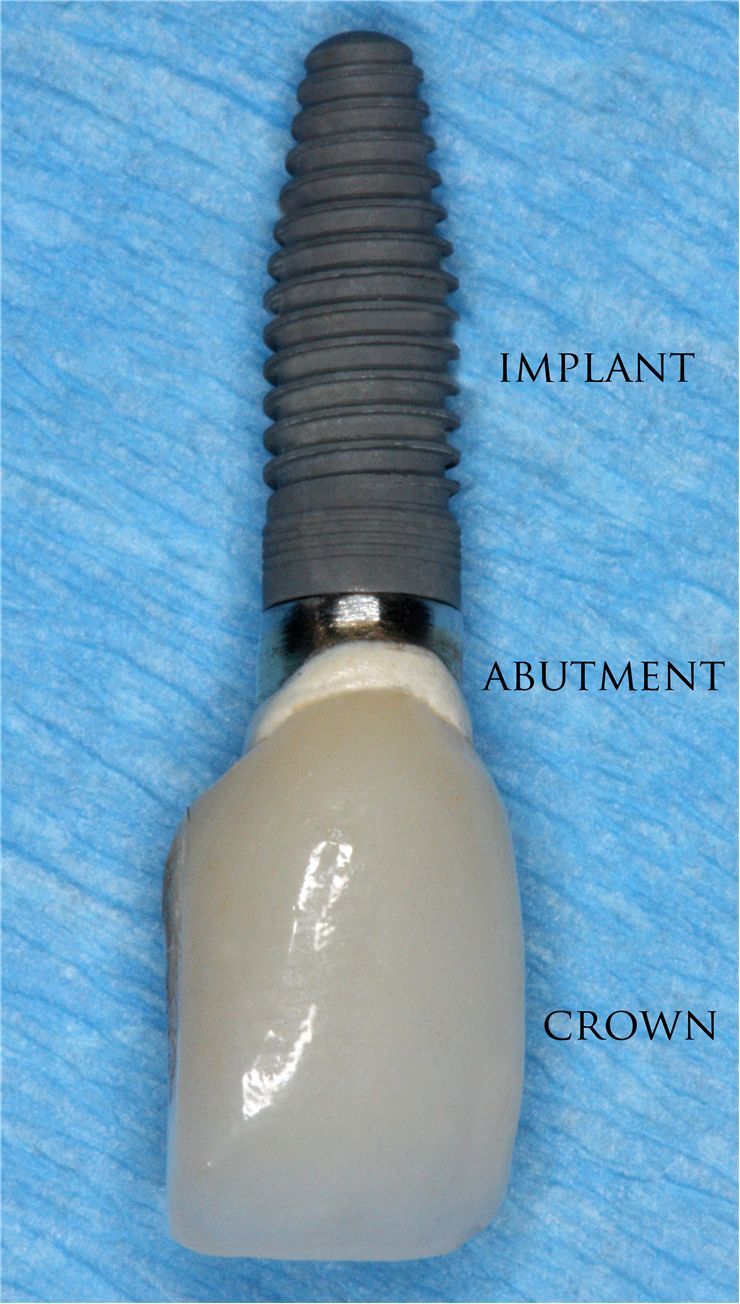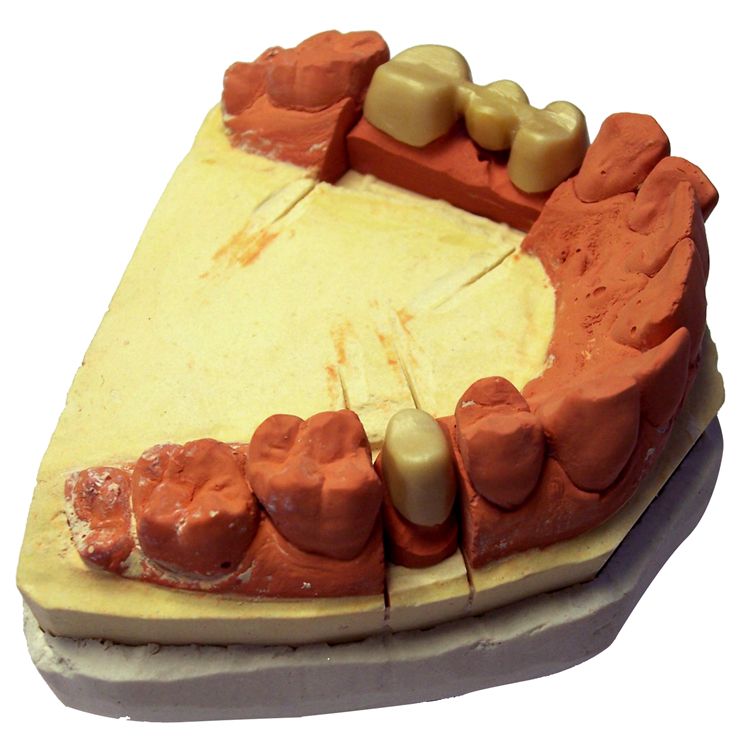Dental Implants - History of Dental Fixture
Dental implant (also known as an endosteal implant or fixture) is used to replace one or more missing teeth. It fuses to bone and supports a crown, bridge of teeth, denture, facial prosthetic or it act as an orthodontic anchor. “Dental implant" is the portion of the structure that is in the bone.
Dental implants are much older than we might think. In 2000 BC, ancient Chinese used carved bamboo pegs, tapped into the bone, to replace lost teeth. Ancient Egyptians used shaped pegs made of precious metals for the same purpose. They also used human teeth along with roots, and teeth made of ivory. At an archaeological site in Honduras, dating back to 600 AD, was found a lower mandible of a young Mayan woman. It had three incisors missing and replaced with pieces of shell that were shaped to resemble teeth. They also found skull fragments that hade jade stones instead of teeth.
History of modern dental implants begins in 1950 when a study on the Cambridge University in England studied blood flow in vivo on animals. They made titanium cylinders which they embedded into the soft tissue of the ears of rabbits. In 1952 the Swedish orthopedic surgeon Dr. Per-Ingvar Brånemark, tried to study bone healing and regeneration in lab at the University of Lund. He used the same method of embedding titanium cylinders but he placed them in the rabbit femur. When he tried to remove them he found out that he can’t because bone had grown into such close proximity with the titanium that it effectively adhered to the metal. He continued studies trying to find out more about this phenomenon. Brånemark used both animal and human subjects and they all confirmed this unique characteristic of titanium. He at first concentrated on knee and hip surgery but in time decided that trying to make teeth implants is much easier for continued clinical observations. Dental implants were first introduced to people who didn’t have any teeth and who could not wear dentures because they had lost so much of the jawbone upon which dentures rest. The first dental patient to be treated with titanium dental implants was Gosta Larsson in 1965. The process was called osseointegration (“osseo” – bone; “integration” – fusion or joining with.
In 1978 Dr. Per-Ingvar Brånemark convinced the chemical and defense Swedish company Bofors AB, to enter into a commercial partnership for the development and marketing of his dental implants. In the beginning implants were mostly made in one size that was intended for all. Teeth had one diameter and the root had only one length. But, in time, dental implants were improved. Today they are made in many different sizes and shapes to accommodate different sizes of jaws. When implants were first made their surface was machined smooth and polished. Today, surface of the titanium root that goes into bone is roughened by sandblasting and acid etching which increases the surface area to which bone can attach. Osseointegration is also used to hold bridges and dentures and are successful in over 90% of the cases.

